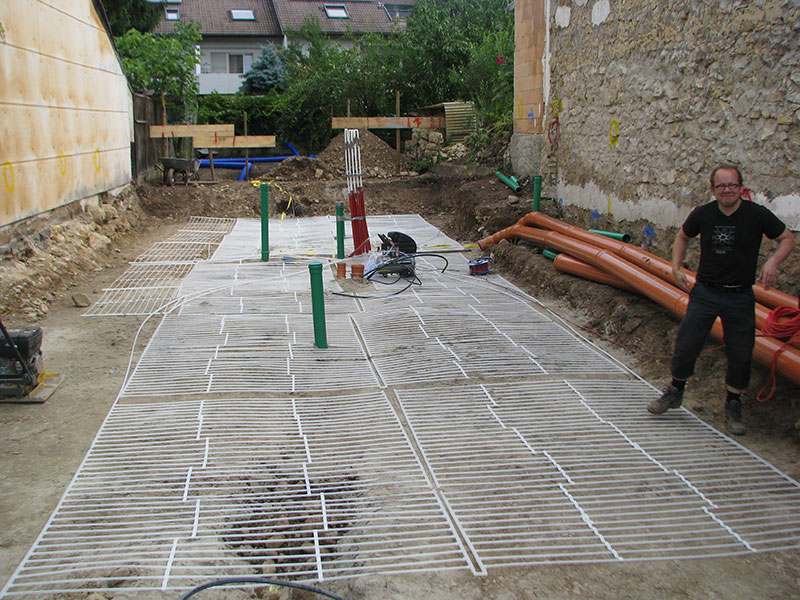The fact that you can create an optimal indoor climate with a surface temperature control and its radiant heat is now completely out of the question. However, surface temperature control is not exclusively for comfortable operation in winter. One can cool with a surface tempering in the summer just as fantastically, again over radiation exchange and that completely healthy (hygenically, noiselessly, draught-free).
Humans are very sensitive to surfaces that are too warm or too cold. Care must be taken to ensure that floor surfaces are thermally matched exactly to the body surface temperature (skin), as people have direct contact (heat conduction) there via the soles of their feet.
The temperatures of other surfaces such as walls and/or ceilings are less sensitive in their influence on people, since there is no direct contact (heat conduction) here, but heat radiation. It follows that more “cooling” should be realized through walls and/or ceiling surfaces than through floor surfaces. Optimal results are achieved by combining as many surfaces as possible.
So how do you get cool water to use surface tempering for cooling?
Conventional central heating systems with wood, oil, gas, etc. can ONLY produce hot water. To produce cold water for cooling, you would have to run your own chiller (chiller) in the summer. A heat pump, on the other hand, can do both! It can produce both hot water and cool water.
A very attractive, intelligent and above all extremely economical variant is to integrate a cold generation surface into the heating-cooling system. This is possible via an additional register surface under or in the base plate, which serves like a heat exchanger to exchange temperatures. In the existing building, such surfaces can alternatively be placed in the existing basement, under the terrace, under the parking lot, etc. This means that cooling can be operated without additional equipment and at the lowest possible operating costs.



